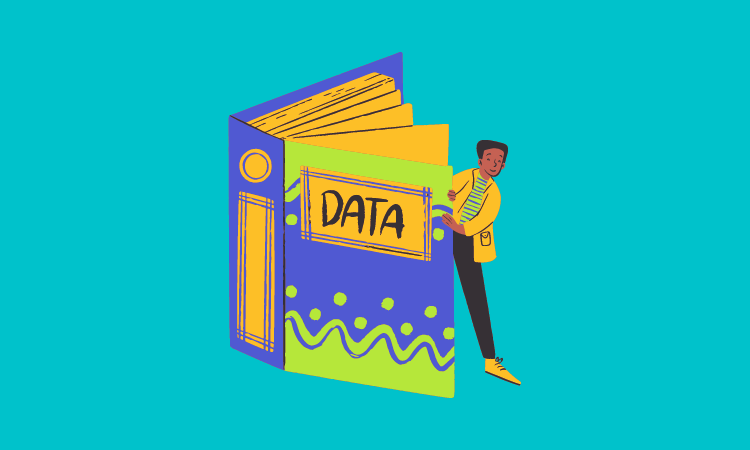4 charts, Member Exclusive
Data Minimization: The growing need to minimize consumer financial data, in 4 charts
- 87% of consumers think data minimization should be done but only 41% believe that it is happening
- Consumer’s opinions stand united across party lines.








